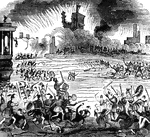Clipart tagged: ‘destruction’

Cliffs of Normandy
Work of the waves in cutting away rocky coasts. Cliffs of Normandy; the coast has been cut back so far…
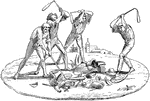
The Destruction of Feudalism
"A contemporary cartoon representing the French people hammering to pieces with their flails all the…

Destruction of Helgoland
Work of the waves in cutting away rocky coasts. Successive stages in the destruction of the island of…

Lot and His Daughters are Led Away from Sodom by Two Angels
"Then Jehovah rained upon Sodom and upon Gomorrah brimstone and fire from Jehovah out of heaven; and…

Offshore Bar
Diagram illustrating the development, migration, and complete destruction of an offshore bar and the…
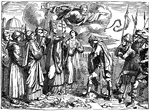
Pope Leo the Great Approaches Attila, King of the Huns, on the Battlefield
Illustration of Pope Leo, dressed in full papal costume and holding the primatial cross, approaches…
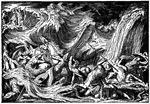
The Red Sea Swallows Pharaoh and His Army
"And Moses stretched forth his hand over the sea, and the sea returned to its strength when the morning…

Ruins of Persepolis
Persepolis was the ceremonial capital of the Persian Empire during the Achaemenid dynasty. Persepolis…
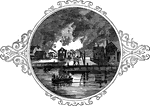
Destruction at Sodus Bay
During the War of 1812 Sodus Bay was mostly burned during an attack by the British.

